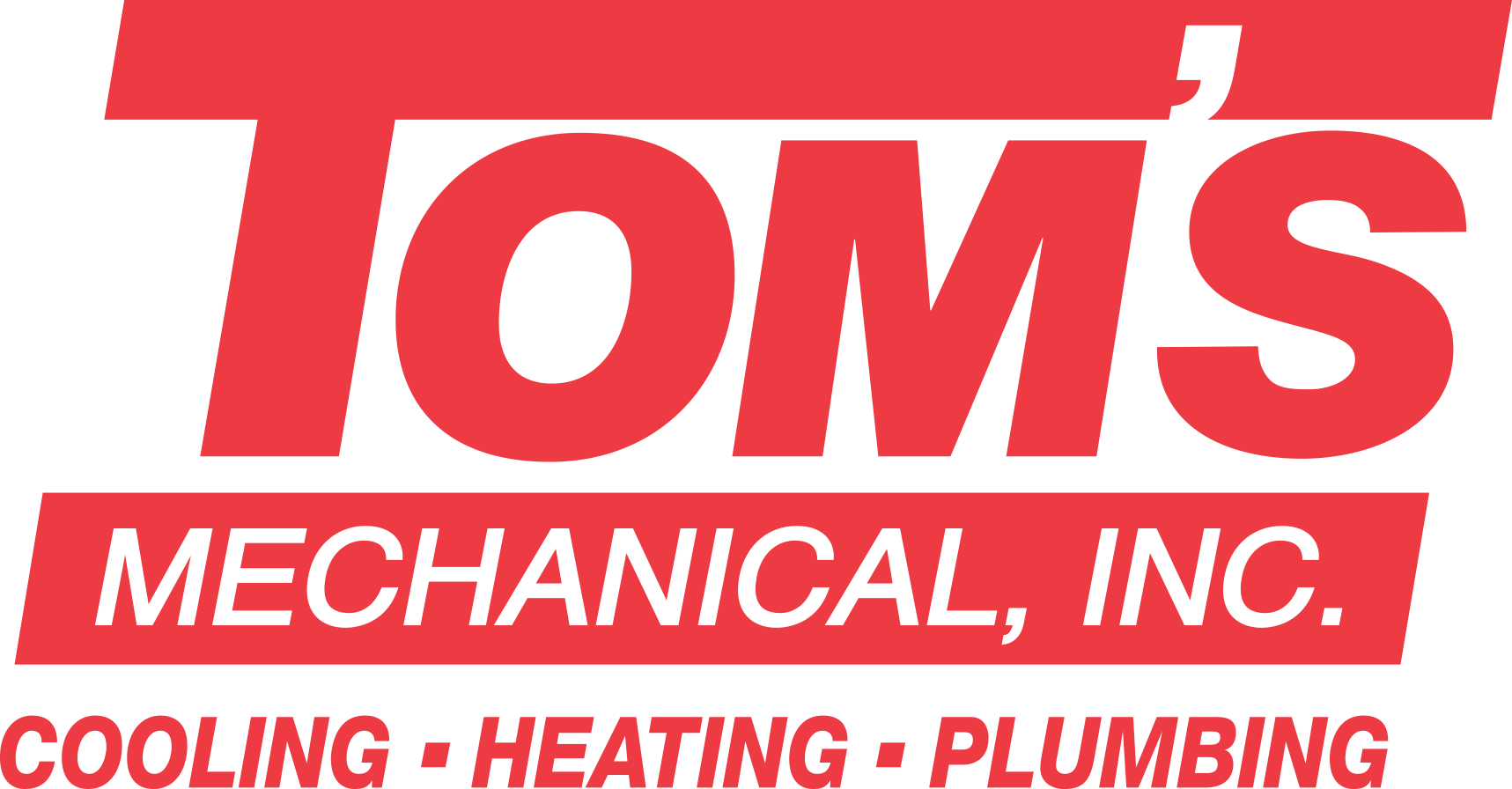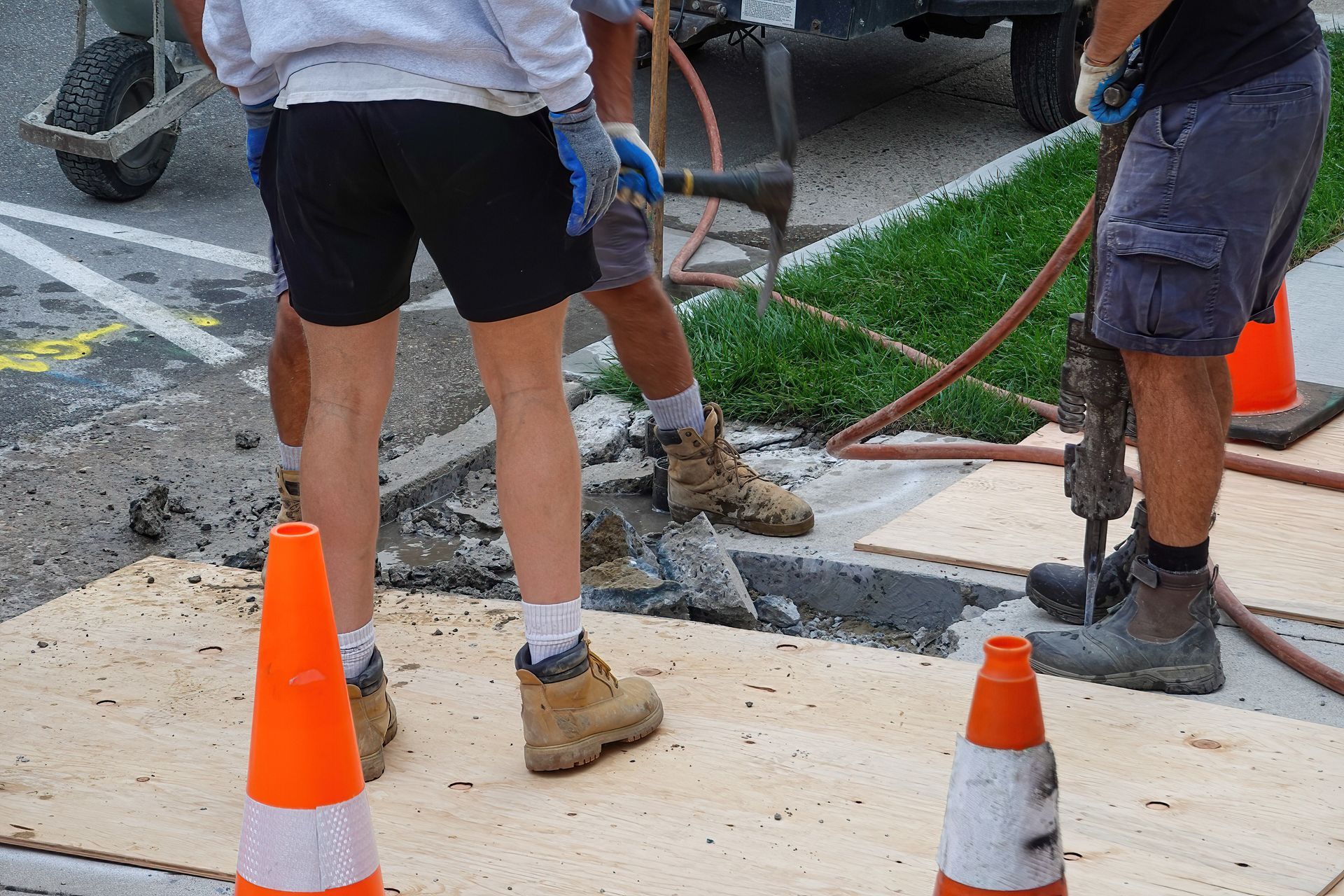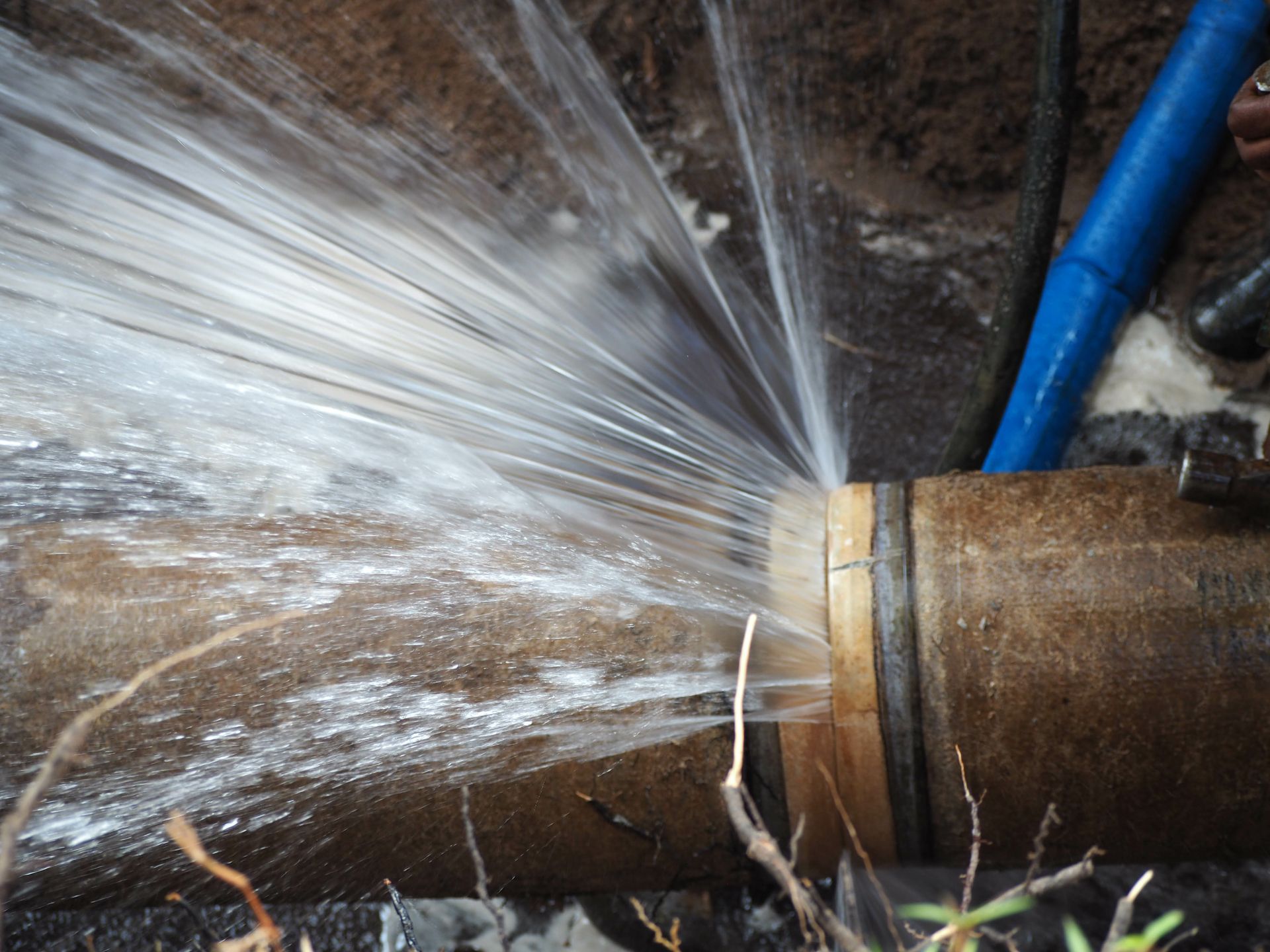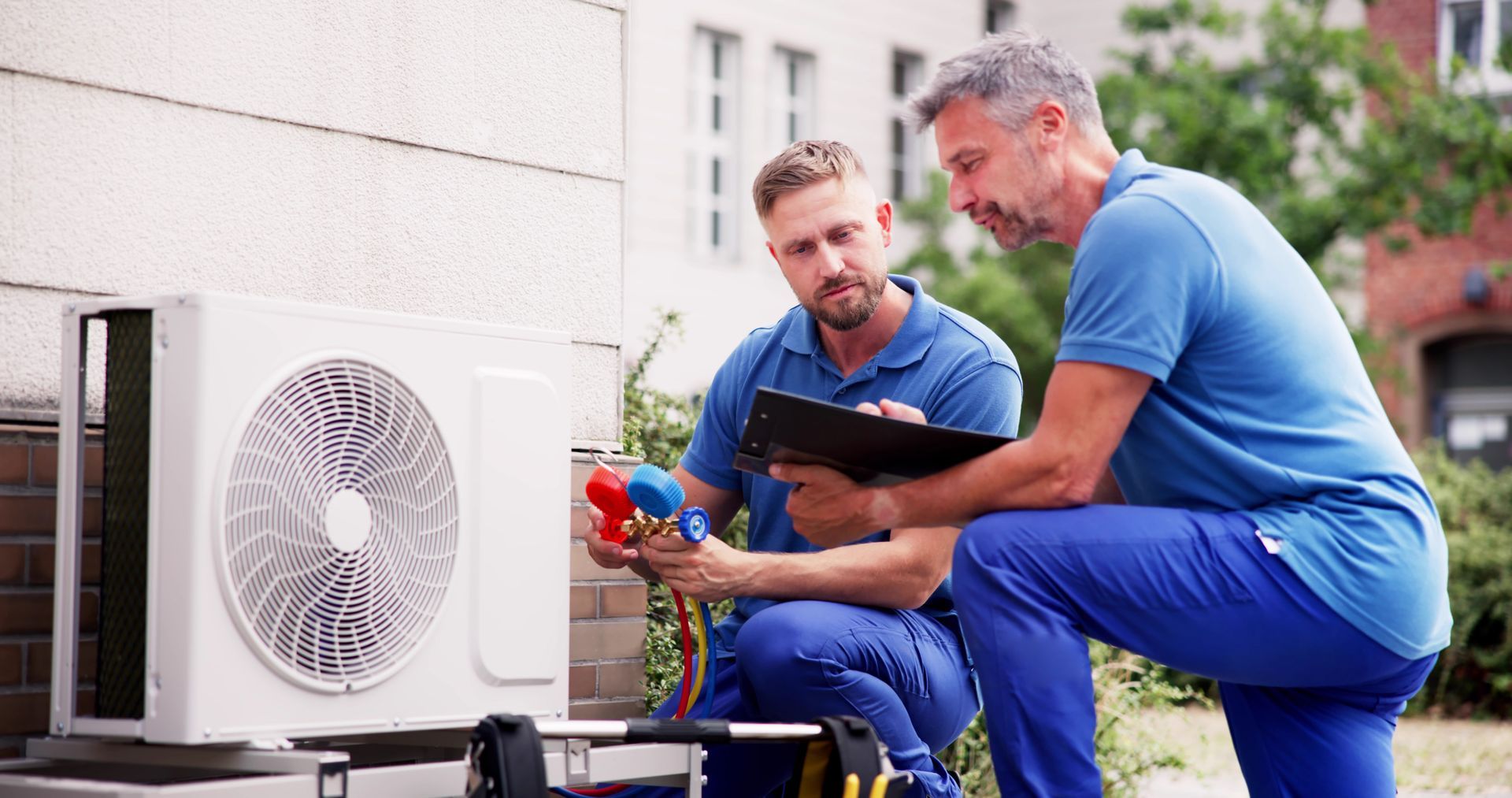When It Comes to HVAC Systems, Bigger Isn’t Always Better
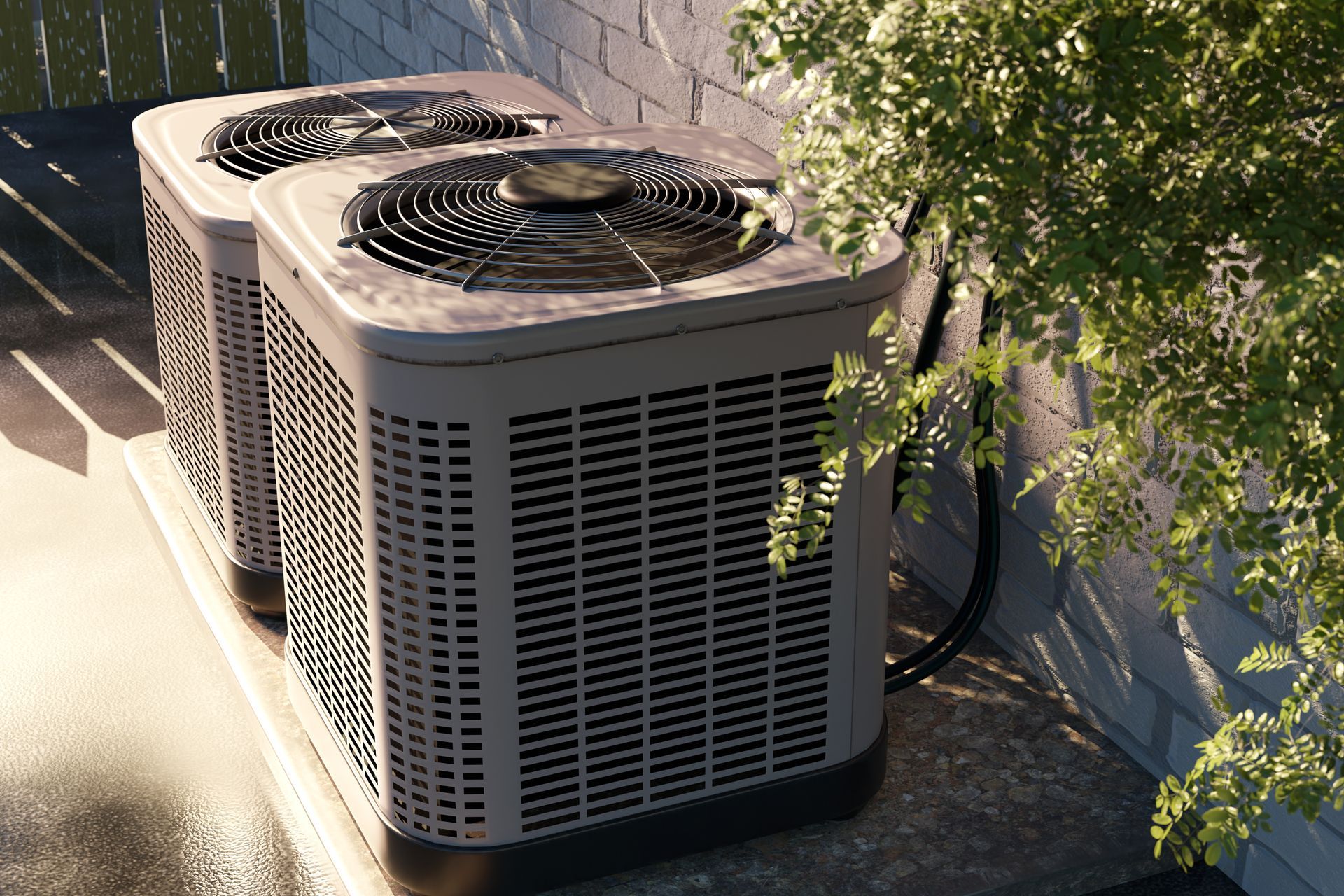
When shopping for a new HVAC system, it’s easy to assume that bigger means better. After all, wouldn’t a larger system heat or cool your home faster and more powerfully? The truth is, an oversized HVAC system can actually cause more problems, waste more energy and wear out faster than a properly sized unit.
How Is HVAC System Capacity Determined?
HVAC companies use a process called load calculation to determine what size system a home needs. This involves evaluating factors like:
- Square footage
- Ceiling height
- Number and type of windows
- Insulation levels
- Ductwork layout
- Number of occupants
Rather than using just square footage, sizing assessments look at how much heating or cooling is actually required to keep a home comfortable. While each company may approach it a little differently, the goal is the same: match the system’s capacity to the home’s true needs.
Performance Problems Caused by Oversized Systems
Short cycling
An oversized AC unit will reach the target temperature too quickly, causing it to shut off and restart too frequently. This short cycling strains system components and reduces efficiency. Over time, it can also make it harder for the system to maintain a stable temperature, leading to noticeable swings in comfort.
Poor dehumidification
Cooling isn’t just about temperature. It’s also about removing moisture from the air. Short cycling gives the system too little time to properly dehumidify, leaving your home feeling cold but clammy. Excess humidity can also cause damage to your property and reduce indoor air quality.
Uneven temperatures
Large systems may blast cold or hot air into the nearest rooms while leaving farther spaces uncomfortable, especially if the ductwork isn’t designed for such high output. This often causes homeowners to over-adjust thermostats, which only increases energy use and frustration with inconsistent temperatures in their house.
Noisy operation
Oversized systems can create airflow noise through vents or cause the unit itself to run loudly because it’s pushing out more than your home can comfortably handle. This can be especially noticeable at night when background noise is minimal. If you find yourself adjusting the volume on your TV every time the system cycles on and off, there may be a problem.
Long-Term Energy and Cost Consequences
Higher energy bills
Air conditioner short cycling uses more energy than a steady, efficient run cycle. You end up paying for extra power that a unit with appropriate capacity wouldn’t require.
Increased wear and tear
The constant on-and-off pattern wears down parts faster, increasing the likelihood of breakdowns and early system failure. Components like compressors and blower motors are especially vulnerable to this type of stress, and AC repairs can be costly.
Shortened system lifespan
Oversized systems often need replacement years earlier than correctly sized ones, adding major unexpected costs. What seems like an investment in “more power” often ends up costing homeowners more in both repairs and premature replacement.
How Can I Tell If My System Is Over or Undersized?
Most homeowners won’t know their system’s capacity offhand or what would be appropriate for their home, but there are clues something isn’t right.
- Your system runs for very short or very long cycles
- Some rooms are always uncomfortable, no matter the thermostat setting
- Your home feels humid, even when the AC is running
- You have unusually high heating or cooling bills
- The system is noisier than expected
If you’re experiencing these issues, it’s worth scheduling a professional HVAC evaluation.
Is There Any Way to Fix an Oversized or Undersized Unit Without Replacement?
While the most effective fix is a properly sized system, there are some adjustments a professional can make.
- For oversized systems: Installing variable-speed controls, improving zoning or adjusting airflow may help reduce the impact.
- For undersized systems: Improving ductwork, adding insulation or sealing air leaks can lower the load on the system and improve performance.
However, these fixes can only go so far. If the capacity mismatch is too extreme, replacement may ultimately be the most cost-effective solution.
Get the Right HVAC Fit for Your DFW Home
A bigger HVAC system is not just unnecessary. It can actively harm your home’s comfort, efficiency and long-term costs. At Tom’s Mechanical, we take the time to evaluate your home’s unique needs and recommend systems that fit your space. Call us at 817-277-4493 to request a replacement consultation or for an assessment to determine if your current system is the right one.
